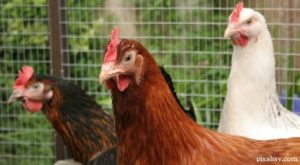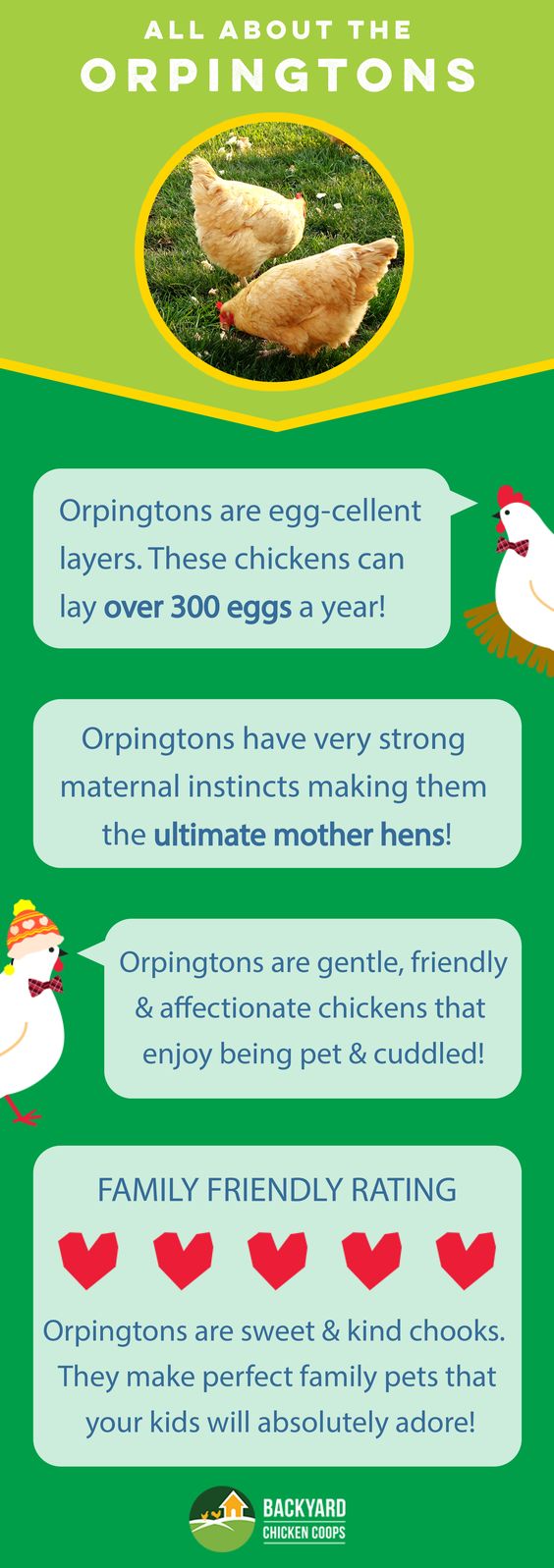 You may think that a chicken is a chicken. Well, if you actually start raising chickens, your thinking will change when you end up collecting eggs from your banty (or Bantam) chickens. They’re about half the size of a regular egg. They’re good for small roasting chickens, though.
You may think that a chicken is a chicken. Well, if you actually start raising chickens, your thinking will change when you end up collecting eggs from your banty (or Bantam) chickens. They’re about half the size of a regular egg. They’re good for small roasting chickens, though.
Since we’re in the habit of using items that are multi-purpose, the same rule should apply to our farm animals. There are chickens that are perfectly good for both eating and eggs, but it depends on what you’re looking for in a chicken. Let’s talk about a few different breeds so that you’ll have a better idea of what may be a good choice for you.
Weather with chickens should be a consideration when you’re buying chickens, because they tend to be particularly sensitive to extremes of temperature, both hot and cold. Also, you need to consider how much they eat and what your budget is, how docile they are, and how adaptable they are.
There is nothing as empowering as growing and making your own food. Without further ado, let’s talk chickens!
Jersey Giants
These are, without a doubt, great for both meat and eggs. They grow to be an average of 12 pounds and produce great brown eggs while you’re waiting to eat them. Because they’re so large, they need a lot of feed, so that’s something to keep in mind. The roosters can also be aggressive, but the hens are usually calm.
They come in black, white, and blue and are relatively slow growers, taking 16-21 weeks to mature for meat purposes.
Orpingtons
These chickens grow to an average of 8 pounds or so and will lay around 200 eggs a year, so they’re a good dual-purpose chicken. They tend to get broody in the summer, though, so they a bit less than some other chickens. They’re great “pet” chickens as they have great temperaments and will easily come to eat out of your hand.
Since they’re not huge, they require an average amount of food and they’re docile. Though they’re good layers, the meat is where they really stand out. It’s some of the most tender and flavorful there is.
Orpingtons come in buff, black, blue, and white and take 18-24 weeks to mature for meat purposes.

Marans
These chickens are mostly dark grey with white flutters and are medium in size. They lay about 200 nicely sized brown eggs per year and the meat is delicious. They don’t require much space and are gentle, but not particularly sociable, so though they’re great to collect eggs from, they’re not a fan of being pets.
Sussex
These are dual-purpose chickens that lay around 250 eggs a year. The egg colors range from brown to cream and the chicken is white with black neck and tail feathers. One of the best things about Sussex hens is that they enjoy free-ranging in the garden without destroying it. They’re calm and laid back, and will eat from your hand.
The meat is also good, so they’re just a great choice all the way around, especially for new chicken owners.
Delaware
This is a heavy-bodied bird, weighing in around 8.5 pounds for the rooster and 6.5 pounds for the hen. They lay jumbo eggs, mature quickly, and are great in both cold and hot temperatures. They mature quickly for a non-broiler and have great temperaments. They’re currently on the list of endangered chickens because the Cornish Cross took its place as the country’s top best-tasting meat chicken in the 50s, so help bring this amazing breed back!
They’re white with black neck and tail feathers and look similar to the Sussex.
Dorkings
This chicken is calm and non-aggressive, so it’s great for kids and small dogs. The meat makes it a superior table fowl with large, tender breasts and wings.
They’re hardy throughout the winter, providing eggs when other breeds may not be laying. They’re good broody hens and great mothers that stay with their chicks longer than most chickens.
Leghorns
Yes, as in Foghorn Leghorn. These chickens are white or brown with a big red comb and will lay around 250-280 white eggs per year. They’re good for anybody who wants a dual-purpose chicken that lays lots of eggs, but they are shy and hard to tame. The roosters can be cranky.
Leghorns are especially hardy in hot weather and are good foragers. The hens weigh around 5 pounds each and reach maturity for meat at 16-21 weeks.
Rhode Island Reds
These are probably the chicken that you think of when you imagine chickens pecking around in the yard, or at least they are for me. However, if you’re expecting a bright, all-red chicken, you’re probably not thinking of the Rhode Island Red, because they’re reddish brown with black feathers mixed in, which gives them a bit of a darker appearance. They’re great for both meat and eggs, laying 250 brown, medium-sized eggs per year.
They’re tough chickens that are able to take care of themselves, but they’re super friendly and are great for first-time chicken people.
Hybrids
One great hybrid chicken is the Golden Comet. Hybrids are bred to lay lots of eggs, but eat very little, so they’re an economical chicken. Expect around 280 eggs per year. Though they’re tough and resilient, they’re friendly and rarely turn broody. This chicken is easy to keep, lays lots of eggs, and has decent meat, so what’s not to love?
In addition to choosing the right chickens for your survival flock or homestead, you need to provide them with the best environment, too. A chicken always lays more eggs in its first year, and older chickens will lay less, and it really decreases after the third year. Also, happy chickens lay more eggs.
They need to have the nutrients that they need, too. There are layers pellets that have all of the key nutrients and minerals that hens need.
Make sure that they have plenty of water and light (at least 14 hours), and they coop needs to be clean and well-ventilated. They also like to have a box of sand or diatomaceous earth to “bathe” in, too.
I’ve tried to choose the hens with the best temperaments, who lay the most, largest eggs, and that provide generous amounts of good-tasting meat.
Raising chickens for food and meat is one of the steps you can take today so you can once and for all put an end to this store-bought food dependency we’re all suffering from and that’s slowly poisoning us.
Click the banner below for more!
I’m sure that I’ve missed some, so please feel free to tell me about your favorite chickens in the comments section below.
This article has been written by Theresa Crouse for Survivopedia.
from Survivopedia
Don't forget to visit the store and pick up some gear at The COR Outfitters. How prepared are you for emergencies?
#SurvivalFirestarter #SurvivalBugOutBackpack #PrepperSurvivalPack #SHTFGear #SHTFBag


No comments:
Post a Comment